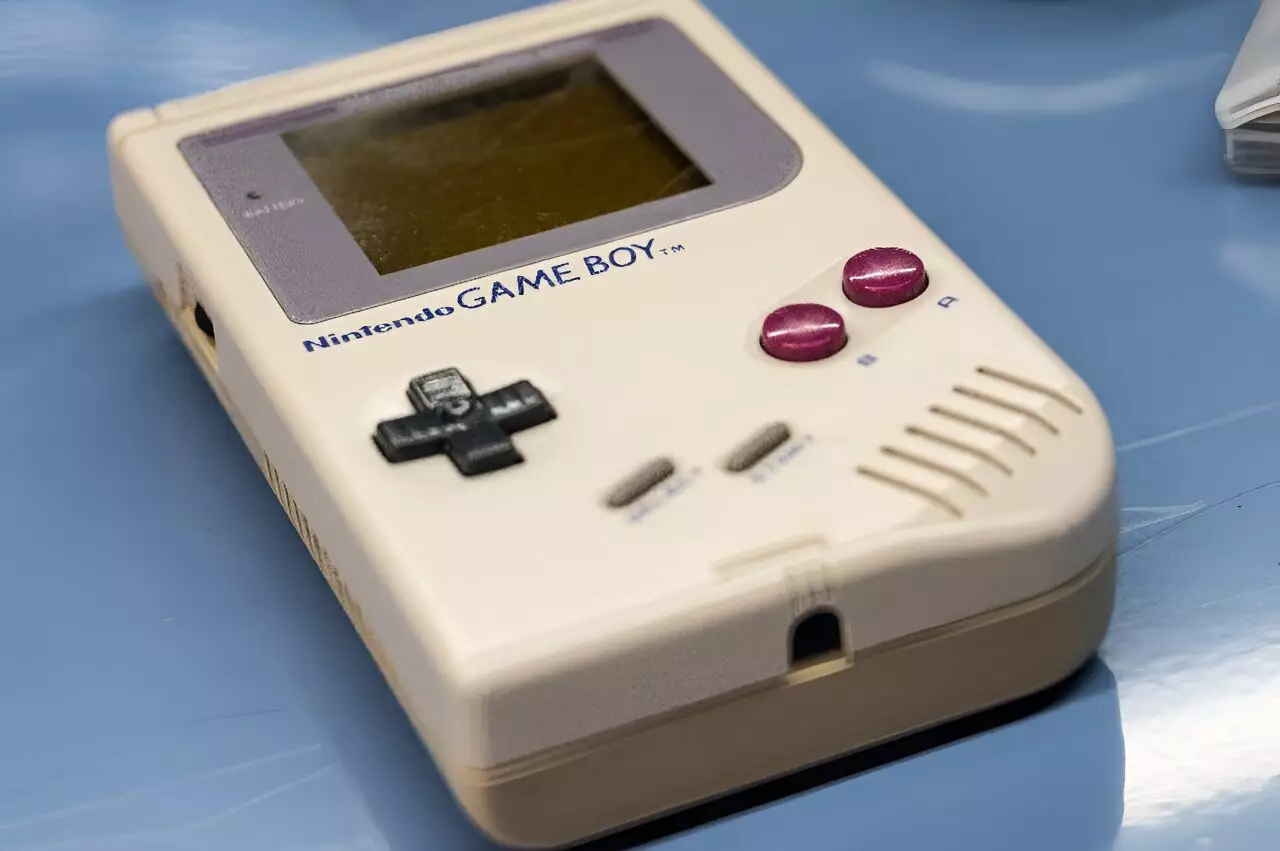The world of video gaming has evolved dramatically since the inception of the first consoles in the early ’70s. From simple pixelated graphics to complex narratives and immersive gameplay, the gaming industry has attracted millions worldwide. This article delves into the impact of five monumental consoles that have shaped this vibrant culture, examining their features, sales figures, and the franchises that propelled their success.
The PlayStation 2: A Game-Changer in Home Entertainment
Released in 2000, the PlayStation 2 (PS2) from Sony Interactive Entertainment not only revolutionized gaming but also redefined home entertainment. As the first console capable of playing DVDs, it attracted a broader audience and allowed users to enjoy their favorite movies alongside gaming. An unprecedented midnight launch in the U.S. saw fans create chaotic but electrifying scenes as they clamored for the console.
Despite initial concerns about its game lineup, the PS2 quickly silenced critics with a slew of blockbuster titles. Franchises like “Grand Theft Auto,” “Grand Turismo,” and “Metal Gear Solid” showcased the console’s technical capabilities and solidified its place in gaming history. With reported sales of approximately 160 million units, it remains one of the most successful video game consoles ever, making a lasting impact on not just gaming but popular culture itself.
In the realm of handheld gaming, the Nintendo DS emerged as a groundbreaking device when it launched in the mid-2000s. Boasting a dual-screen design and features that included a built-in microphone and internet connectivity, it took the Game Boy’s legacy to new heights. Nintendo’s clever marketing strategies—coupled with a lineup of cherished franchises such as “Mario,” “Zelda,” and “Pokemon”—ensured its wide appeal.
Moreover, titles like “Animal Crossing” and “Nintendogs” became cultural sensations, further showcasing the DS’s versatility. By the time its sales reached over 154 million units, it had firmly established Nintendo as a dominant player in handheld gaming.
Switching It Up: The Nintendo Switch
Another Nintendo marvel, the Nintendo Switch, was released in 2017 and disrupted the gaming landscape with its hybrid design. Players could seamlessly transition between home gaming on a large screen and portable play on the go. This versatility quickly made the Switch a fan favorite, bolstered by strong franchise support, including critically-acclaimed iterations of “Zelda” and the mega-hit “Animal Crossing: New Horizons,” which thrived during the COVID-19 pandemic.
Sales figures have soared, reaching 143.4 million units, proving that functionality, quality titles, and social connectivity are invaluable in today’s market.
The Game Boy: A Cultural Icon
Before the era of advanced handheld technology, the Nintendo Game Boy captured the hearts of gamers in the late ’90s and early 2000s. With its compact design and long battery life, the Game Boy introduced millions to gaming on the go. Featuring legendary characters like Pikachu from “Pokemon,” it nurtured a franchise that generated films, series, and more.
The Game Boy and its 1998 Color variant racked up sales of more than 118 million units, solidifying Nintendo’s dominance during a transformative time in the gaming industry. The simple yet addictive titles, such as “Tetris” and “Super Mario Land,” laid the foundation for the diverse gaming experiences available today.
In more recent years, the battle for console supremacy shifted between the PlayStation and Microsoft’s Xbox series. When the PlayStation 4 launched in 2013, it quickly soared to sales of approximately 117 million units, outperforming its competition. The PS4’s success can be attributed to its strong catalog of games, including notable franchises such as “The Last of Us” and “Marvel’s Spider-Man.”
This success was deeply intertwined with the rise of online gaming and the desire for communal experiences, helping to create a loyal fan base around the PlayStation brand.
As we reflect on the evolution of video game consoles, it’s clear that their impact transcends the realm of play. They represent shifts in technology, consumer preferences, and the cultural landscape. With each new release, companies continue to innovate, bridging the gaps between gaming and entertainment in ways that captivate existing fans and draw in newcomers. As we look forward, the future remains bright and exciting for this ever-evolving industry.


Leave a Reply